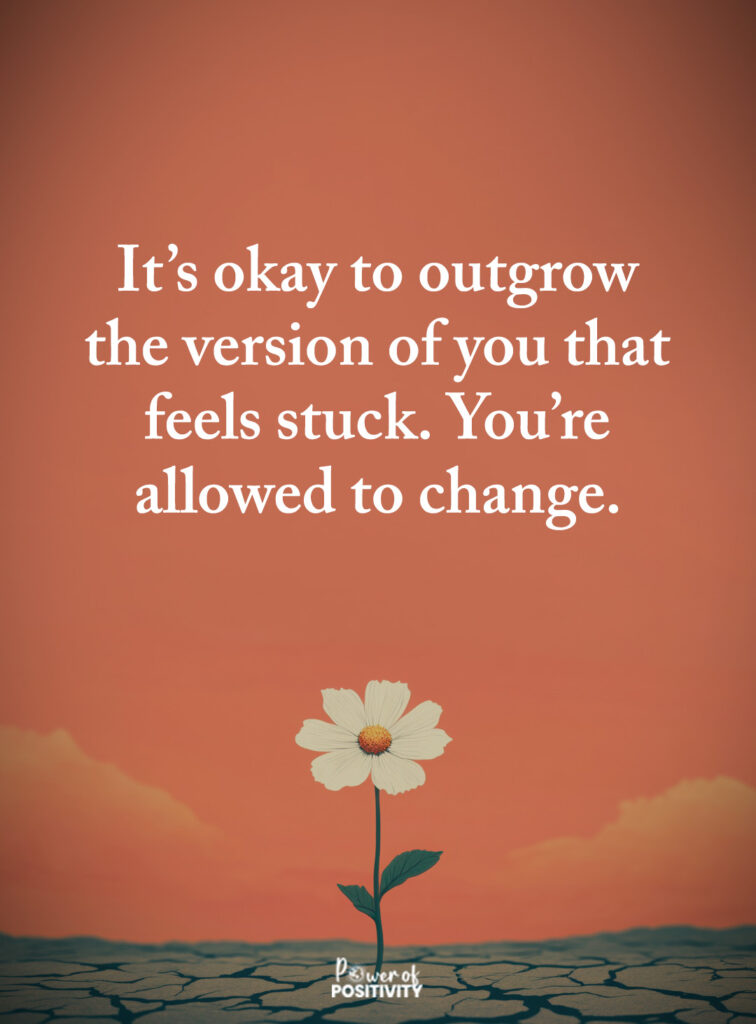Think blood sugar only spikes when you eat candy or drink soda? That’s just part of the story. Many foods—even ones labeled as “healthy”—can raise your blood sugar more than you’d expect.
Chips, white bread, flavored yogurts, even some smoothies can affect your levels just as much as dessert. What really matters is how your body processes what’s on your plate, not just how sweet it tastes.
It’s not about cutting everything out—it’s about knowing what you’re eating and how it works inside your body. Once you understand how food affects blood sugar, you can make better choices that still let you enjoy what you eat. You don’t have to be perfect. You just need a little knowledge and a few smart habits.
As you keep reading, you’ll see how everyday food choices—not just sugar—can make a big difference in your energy, health, and how you feel throughout the day.
What Happens to Food Inside You
Once food hits your mouth, your body starts working right away. Every bite gets broken down into smaller parts—carbohydrates, protein, fat, fiber, vitamins, and minerals. Out of all of these, carbohydrates have the biggest impact when it comes to how food affects blood sugar.
Here’s what each one does:
- Carbs turn into glucose, which enters your bloodstream.
- Protein digests slower and doesn’t raise blood sugar much.
- Fat takes even longer to break down and slows digestion overall.
- Fiber passes through without being digested and doesn’t raise blood sugar at all.
Why Digestion Speed Matters
Different foods break down at different speeds. Some get absorbed quickly, while others take their time. This plays a huge role in how food affects blood sugar throughout the day.
Fast-digesting carbs—like white bread, fruit juice, or candy—cause sugar levels to spike quickly. Slower-digesting carbs—like oats, beans, or brown rice—lead to a more gradual rise.
If you’re trying to keep your blood sugar stable, slowing things down matters. That’s why the kind of carbs you eat is just as important as how much.
Not All Carbs Are Equal
Not every carb works the same way in your body. Refined carbs (like white rice, pastries, and sugary cereal) are stripped of fiber and nutrients. They hit your bloodstream fast—and hard.
Whole carbs, like sweet potatoes, quinoa, or whole wheat bread, take longer to digest. That means your blood sugar rises slower and more steadily.
The Role of Fiber
Fiber is the one part of a carb that doesn’t become sugar. Soluble fiber, found in oats, apples, lentils, and flaxseeds, helps:
- Slow down how fast your body absorbs sugar
- Keep you feeling full longer
- Lower the chance of sudden spikes
Choosing more high-fiber foods is one easy way to keep things steady when food affects blood sugar.
The Hidden Players — Protein and Fat
Protein doesn’t just build muscle—it also helps stabilize blood sugar. When you eat protein with your carbs, the digestion process slows down.
Benefits of including protein in meals:
- Keeps you fuller between meals
- Lowers the chance of sugar crashes
- Helps maintain steady energy
Think eggs with toast or chicken with rice. The mix makes a difference.
Fat’s Slower Burn
Healthy fats (like olive oil, nuts, or avocado) also slow digestion. This means that when food affects blood sugar, it does so more gradually.
But not all fats are helpful. Too much saturated fat or trans fat (found in fried foods or processed snacks) can make your body less responsive to insulin. Over time, that leads to more sugar staying in your blood.
Timing, Frequency, and Meal Mixing
Skipping meals or going too long without eating can lead to uneven blood sugar levels. Long gaps may cause dips, then sudden spikes when you finally eat.
Sticking to a consistent routine helps:
- Aim for a meal every 3 to 5 hours
- Don’t go too long without eating, even if it’s just a snack
- Keep portions balanced and realistic
Pairing Foods for Balance
Combining different food groups in a single meal can make a big difference in how food affects blood sugar.
Try these examples:
- Apple + almonds
- Whole grain toast + scrambled eggs
- Brown rice + grilled salmon + steamed broccoli
When you mix carbs with fat, protein, or fiber, your body digests the meal more slowly—and that means smoother blood sugar control.
Glycemic Index vs. Glycemic Load
The glycemic index (GI) measures how fast a food raises blood sugar. High-GI foods act fast, while low-GI foods take longer.
But portion size matters too. That’s where glycemic load (GL) comes in—it factors in how much of the food you eat.
What to Watch For
Some foods, like watermelon, have a high GI but a low GL because they don’t have much sugar per serving.
Key takeaway:
- Pay attention to both the type and amount of carbs
- Choose low to medium GI foods in reasonable portions to avoid big swings
Understanding both helps you see the full picture when food affects blood sugar.
Blood Sugar and Body Weight
More body fat, especially around your belly, makes it harder for your body to respond to insulin. That means sugar stays in your blood longer.
Small Wins Add Up
You don’t need a massive change to make a difference. Losing just 5–10% of your body weight can:
- Improve insulin sensitivity
- Help lower fasting blood sugar
- Reduce long-term health risks
Consistency beats quick fixes. Every small step counts when food affects blood sugar.
What Exercise Has to Do With It
When you move your body, your muscles pull glucose from your blood to use as fuel. This helps naturally lower blood sugar—often for hours after a workout.
Why Movement Helps Long-Term
Exercise makes your body more sensitive to insulin, which improves how food affects blood sugar over time.
You don’t need a gym. Simple things like:
- Walking after meals
- Doing chores
- Stretching during breaks
can all make a big impact.
How Stress and Sleep Throw It Off
Stress raises cortisol, a hormone that increases blood sugar. When stress becomes constant, so do those sugar spikes.
Sleep Repairs Blood Sugar Control
Not getting enough rest leads to:
- More cravings
- Poor insulin response
- Tiredness that makes healthy choices harder
Aim for 7–9 hours of good sleep. Your body needs rest to balance how food affects blood sugar.
Reading the Labels — Sugar’s Many Names
Sugar hides under many names. Watch for:
- Corn syrup
- Dextrose
- Maltose
- Cane juice
- Rice syrup
Spotting the Red Flags
Tips to make smarter picks:
- Look for short ingredient lists
- Choose items with no more than 5g added sugar per serving
- Avoid packaged items that list sugar in the first 3 ingredients
These little changes help control how food affects blood sugar every day.
When You Should Test Your Blood Sugar
Testing helps you connect your food to how your body reacts. Helpful times to check:
- Before eating
- 2 hours after meals
- After exercising
How to Use What You Learn
Your results give you insight. You can:
- Spot patterns
- See which foods keep you steady
- Adjust meals based on real numbers
Understanding how food affects blood sugar becomes easier when you see it for yourself.
Final Thoughts: It’s the Pattern That Matters
Perfect eating isn’t the goal—and it never has to be. What matters most is the pattern you follow day after day.
Simple habits like eating real food, keeping meals steady, and combining carbs with protein or fiber go a long way. These everyday choices shape how food affects blood sugar, not just in the moment—but over time.
Instead of worrying about one snack or one meal, focus on the bigger picture. When your routine supports balance, your blood sugar does too. It’s not just about avoiding sugar—it’s about building meals and a lifestyle that work together.






